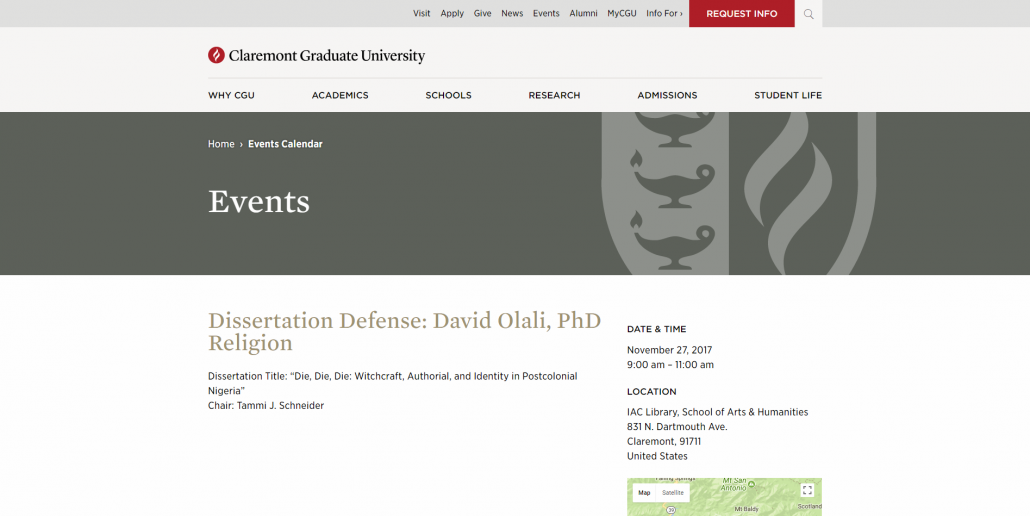Biblical scholar Jeanne Kabamba Kiboko offers a compelling case for a postcolonial reading of the biblical woman of Endor. In Diving the Woman, a subversive reading of Eurocentric “conquest exegesis” (230), Kiboko successfully executes her proposition “to analyze, to resist, and to reconstruct the so-called canonical literature” (xxix) given that “I am now a biblical interpreter and translator for postcolonial Africa (xxx). While this book problematizes Kiboko’s interests in the subject of divinatory practices as it relates to “1 Sam 28 at the Disanga,” her insertion of an alternative reading of the translated texts—unto othered, colonized cultures such as her Kisanga in the Congo—her “disordering process” (xxix) breaks the “carefully and strictly controlled” (5) “penalty one endured” (85), with a valorization which eminently privileges philological legerdemain and exegetical prioritizations over the psychosocial determinants of “the practice evil of divination” (104).
Bookended by a “Prologue” and an “Epilogue,” the seven-chapter Woman of Endor lavishly excavates the demonization by translating indigenous ways of knowing, or mediumistically gaining access into the divine spheres of the supernatural world. As “the first female to be ordained in the Southern Congo Annual Conference of the United Methodist Church [SCAC]” (xxiv), Kiboko crosses the established hermeneutical boundaries with “freedom, power, and authority” (62). However, her “faith in the text” seems to exhibit, for a self-proclaimed African feminist (63) theorist, a partially—but equally troubling—obliviousness to the acute presence and agentiality in translation transactions; she could not emphasize enough the bane of the struggle in translation: power and knowledge claim. To translate is to arrogate knowledge and by so doing privilege a medium, a language, a text/textuality/literacy. Kiboko does the latter very profusely for, as a translator herself, she tells us that “translators control the inner-biblical debate by deciding to demonize the woman’s divinatory practice” (106).
Understandably, as a Western-trained priest resident in the United States, a ravenously modern exemplar in empire configurations and appurtenances, Kiboko recognizes “the most common impetuses to use divination” (84), including “prophylactically” (83), and in countering the dilemma of “suffering, both individual and corporate” (84).
Clearly, the woman of Endor is a witch, not only due to her divinatory powers, but also given that her “magical” practices fall outside of canonical ordering, and beyond the Yahwistic agenda, and the religious limitations on the Israelite monarchy. Even though Kiboko provides a strategically useful translation of 1 Sam 28 in the Hebrew-Kisanga flow, her suggestively, exclusivist mimicry of the English ideological assumptions about the need to be translated, first and foremost, reifies, and participates in, the dynamics and socio-politics of transatlantic mobility/mobilization and immobility/immobilization of meaning.
Over all, in terms of its critical inputs to biblical and religious studies, Woman of Endor unveils the broad ramifications of mistranslation; in the narrowest sense Kiboko— through the miscategorization, displacement, and silencing of alternative or subaltern voice(s) of the (wo)man of Endor— gives the field/practitioners/authorial a “periscopic” something which facilitates, rethinking, resisting, and renegotiating congealing attitudes about scripture(s) and what roles they play in our lives, and vice versa.
About the Reviewer: David Olali is founder and director of the Comparative Heritage project.
SOURCE: Reading Religion a project of American Academy of Religion
Interested in doing review? Email reviews to info@comparativeheritage.org


